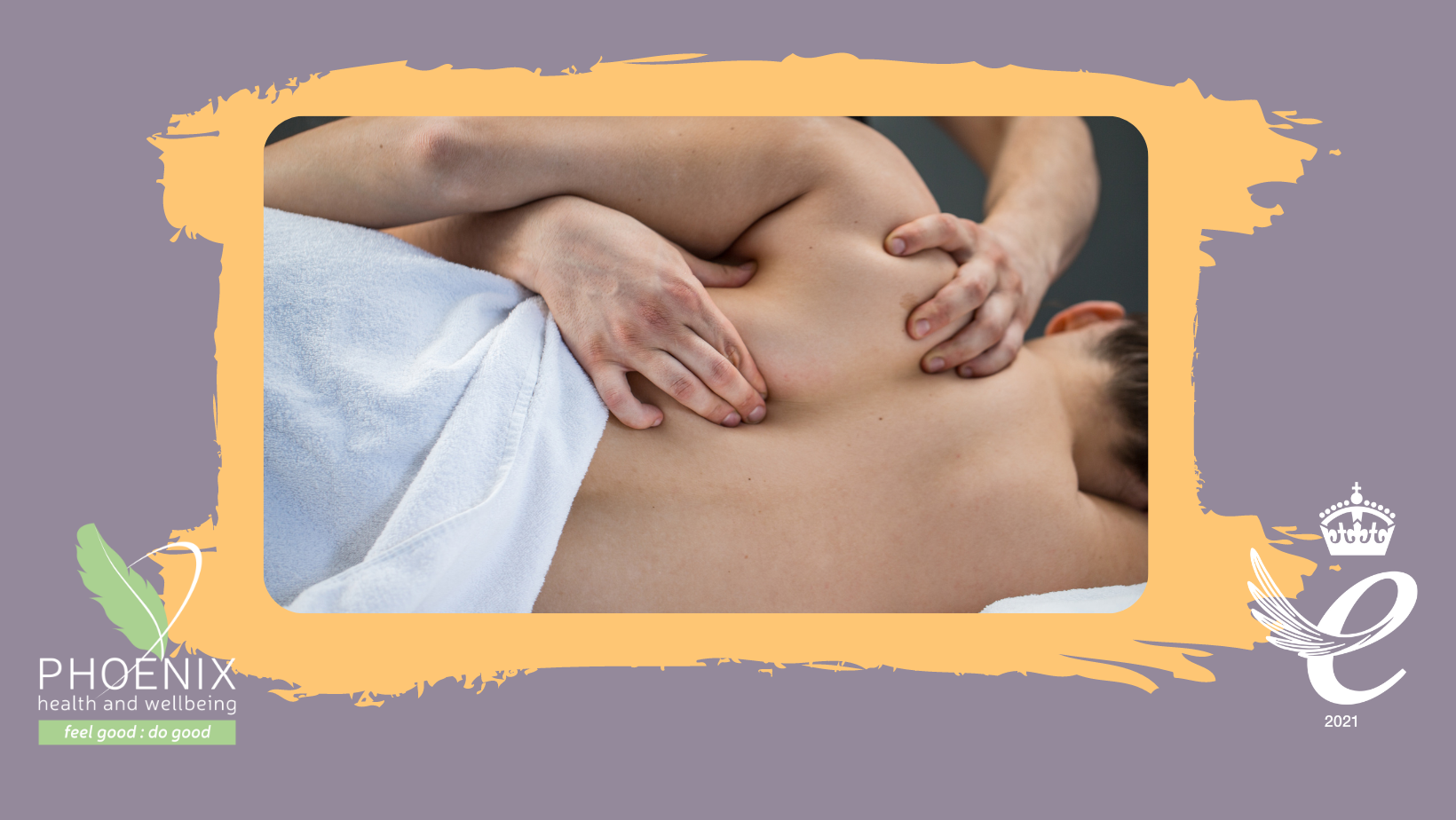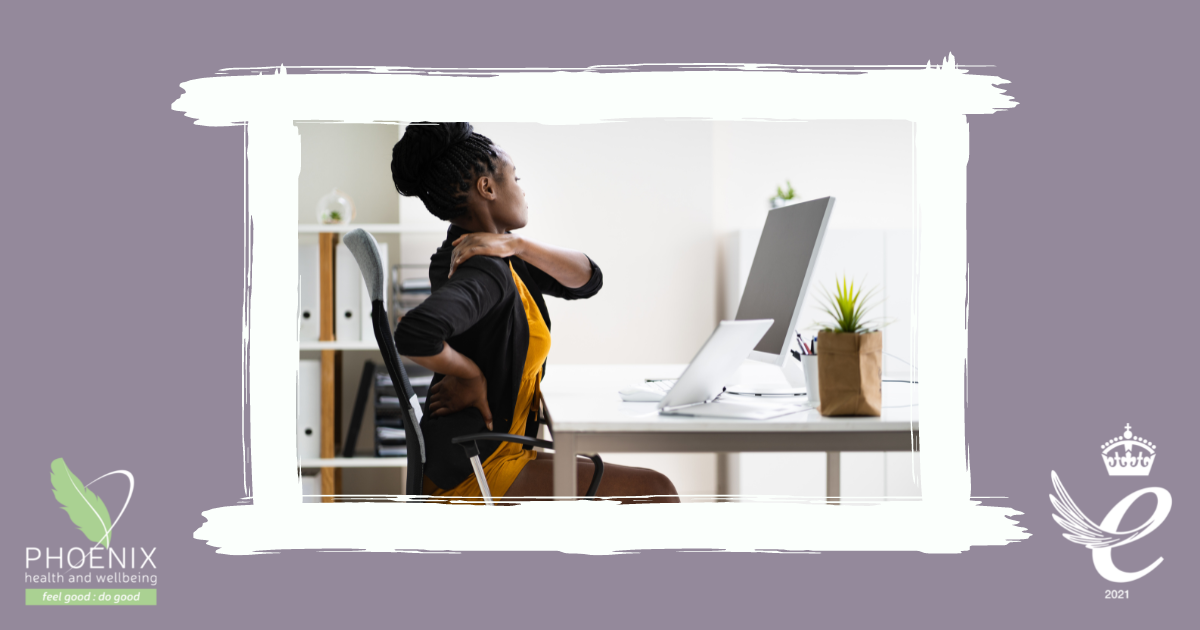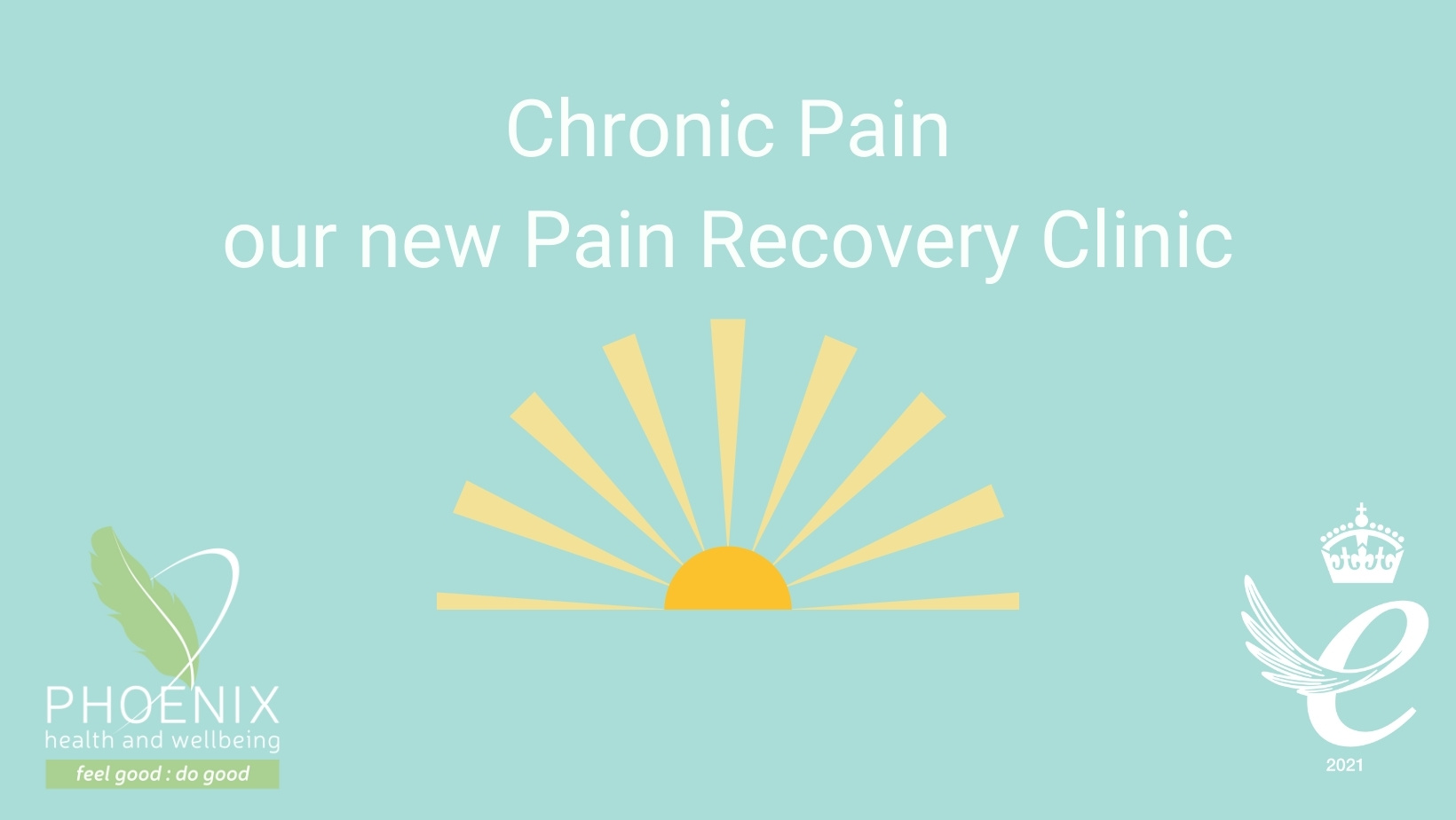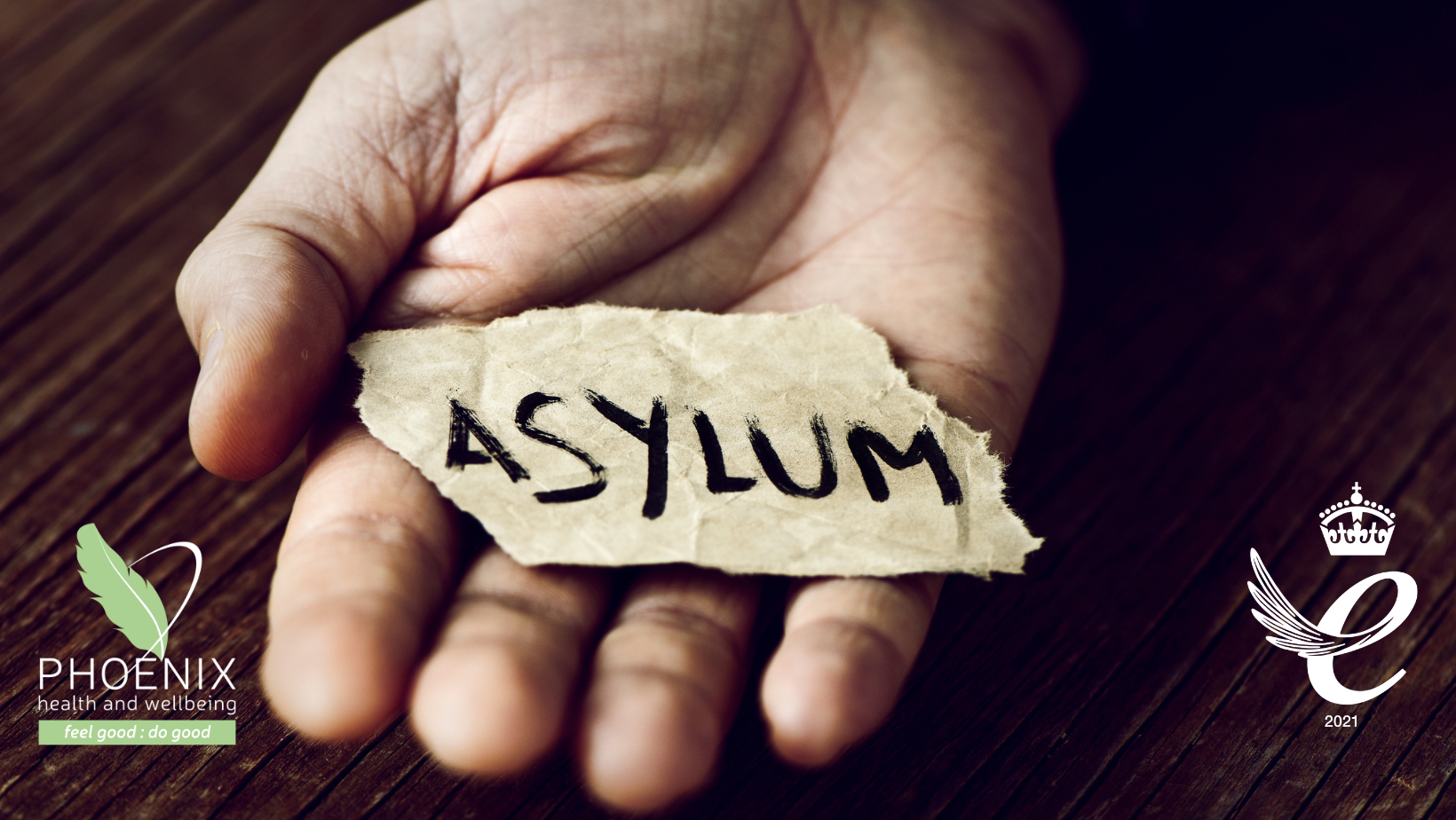
What is myofascial release
The magic of myofascial release as a treatment for pain – questions and answers with Chris Wadsworth – Acupuncturist
GT: How did your back pain start?
“When I was young I fell off a friends shoulders. I was trying to get a shuttlecock out of a tree – brilliant idea – playing badminton on someone’s shoulders! I must have been about 23 years old. The pain was intense. My back went into spasm. I should have gone to hospital but I didn’t because after lying flat on my back for a while I was able to get up.
We’ve all done things like this as youngsters. I’m sure, and my fall was no different to anyone else’s. I hadn’t broken anything. I just got up, dusted myself down and balled my eyes out.
GT: After the initial injury how did the pain first start to be noticeable?
Fast forward 20 years and I started to get a painful twinge in my back. This developed into feeling stiff and uncomfortable most days, particularly after travelling or standing for long periods of time. I put off going for walks or running as it could lead to pain and discomfort. It also affected my work because I had to think very carefully about my posture.
GT: How did you first come across myofascial release?
To be honest – accidentally! I’m an acupuncturist here at Phoenix and one of the other therapists gives myofascial release. She was telling me about it one day. I know about soft tissue and pain receptors. What I hadn’t done is connect my back injury from all of those years ago with the pain I was feeling 20 years later.
GT: What was the first session like?
The first session of myofascial release that I had was incredible. It’s a strange treatment – not like a massage at all. I loathe being massaged as I tend to need deep pressure and it’s excruciatingly painful. This treatment is not and has the best effect I’ve come across. It’s relaxing yes. I feel better immediately. It’s hard to describe but you can feel things shifting.
GT: Did the treatments ease your pain? Did it go altogether? Or does it go for a while and then return?
I’m usually a little sore for a day or two, like if I’d had a sports massage, but the range of moment is better immediately. I feel like a new man for a couple of months before I start to feel any twinges or stiffness.
GT: Anything else that you’d like to add about your experience with myofascial release
MFR is by far the best massage treatment type I’ve ever come across. So much so that I’ve enrolled on a course this year so I can learn the technique. Ali is able to use her experience in other techniques to provide a unique experience and I can’t recommend her enough.
Thanks to Chris Wadsworth – acupuncturist and myofascial release client
Want to know more? Read on
What is myofascia?
Literally – myo means muscle and fascia is connective tissue. Ali Wilson, our myofascial release therapist, likens fascia to a spider’s web. “The fascia in your body is a fine gossamer web like structure that connects all of the bones, muscles and tissue.”
This fascia is sometimes called connective tissue. It is “a stringy, white substance made mostly of collagen. Collagen is a type of protein that provides strength and flexibility. Fascia is soft, loose and made up of multiple layers. A liquid is between each layer. This liquid helps your fascia stretch as you move. Inflammation, trauma, illness and dehydration can dry up the liquid and damage your fascia. When your fascia tightens, it can restrict the movement of your muscles and tissues, causing pain and other health conditions.”
Here’s an easy visual: If your body was an orange, your skin would be the outside orange peel, your muscles would be the fleshy orange fruit itself and the thin white membrane surrounding each orange segment would be the fascia. Fascia surrounds every level of muscle tissue —muscle fibres, single muscles and muscle groups.” Cleveland Clinic
Enabling muscle movement
The layer of myofascial connective tissue in your body provides protection to reduce the friction and damage that would be caused by muscles constantly rubbing against each other. Myofascial tissue enables muscles to operate effectively, get warm and stretch, without being damaged by surrounding tissue that is also in motion.
Why does myofascial tissue need releasing?
Myofascial tissue should feel flexible and elastic to the touch. It can become tense as a result of injury, stress, dehydration or tension. When this happens, the myofascial tissue can restrict the muscle and joint movement and cause restricted movement and widespread muscle pain.
A good analogy is to think of plastic cling film stretching over a bowl of food. When you pull on one side of the film the section at the far side of the bowl becomes even tighter. This is the case with myofascial tissue – tension in one area can transfer and cause pain in another.
How does myofascial release work and what happens in a session?
Ali Wilson’s treatments start with a detailed consultation to gain an understanding of your aims for the treatment and your pain or tension. She will also assess your posture as tension and adhesions in the myofascial tissue can cause postural issues.
She’ll outline your treatment plan before she gets started so that you know why she is working on certain areas and what you can expect to feel. Ali is skilled in working around the body feeling for areas of tension where the tissue is tight or restricted. She will then use gentle pressure and stretches to release the tight tissue. This release can loosen up the tissue and muscles and enable greater movement and a reduction in pain.
At the end of your treatment Ali will advise you on how to maintain the health of the myofascial tissue and give you exercises to do as appropriate.
What do the scientists say?
There is a growing body of evidence that myofascial pain is the root cause of a lot of orthopaedic pain. There is also an increasing body of evidence that suggests that myofascial release as a manual treatment can effectively reduce this pain.
A study by Hsieh et al included 200 participants who had back pain. All participants were treated with myofascial release. In all cases the back pain improved! The general view among scientist is that there needs to be more research into the effectiveness of myofascial release but the results obtained so far certainly seem positive.
Click here to see more research studies on myofascial release https://www.ncbi.nlm.nih.gov/pmc/articles/PMC3718355/
Tried it – loved it!
“Fantastic! It stretches and shifts things that massage doesn’t. It’s comforting to be held and stretched. I feel a sense of release afterwards” Michelle Cunningham
Health insurance and myofascial release
If you have private health insurance, you may be able to claim for some or all of the cost of your treatment Check your policy.
For more information visit our web page
__________________________________________________________________________
Phoenix Health & Wellbeing is a Charity. By coming to us for a treatment you are helping others less fortunate than yourself. We use the proceeds of your treatment to subsidise treatments for those who would not otherwise be able to access our therapies. Roughly £4 to every £10 spent with us will go to help others.
Opening times:
Monday to Thursday from 10:00 to 20:00
Friday and Saturday from 10:00 to 16:00
Sunday closed.
Book your treatment via our website or call 0113 234 0818 to speak to one of the team




